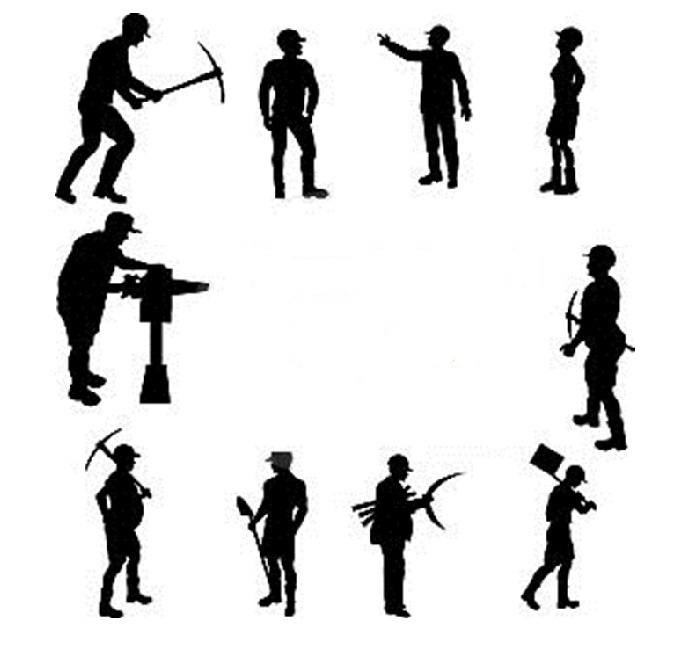International Workers’ Day, also known as Labour Day in some places, is a celebration of labourers and the working classes that is promoted by the international labour movement, anarchists, socialists, and communists and occurs every year on May Day, 1 May, an ancient European spring holiday.The date was chosen for International Workers’ Day by the Second International to commemorate the Haymarket affair, which occurred in Chicago on 4 May 1886.This day has its origins in the labour union movement, specifically the eight-hour day movement, which advocated eight hours for work, eight hours for recreation, and eight hours for rest.
Being a traditional European spring celebration, May Day is a national public holiday in many countries, but in only some of those countries it is celebrated specifically as “Labour Day” or “International Workers’ Day”. Some countries celebrate a Labour Day on other dates significant to them, such as the United States, which celebrates Labor Day on the first Monday of September.
In India, Labour Day is a public holiday held on every 1 May.It is celebrated as Antarrashtriya Shramik Diwas. The holiday is tied to labour movements for communist and socialist political parties. Labour Day is known as “Kamgar Din” in Hindi, “Kamgar Divas” in Marathi and “Uzhaipalar dhinam” in Tamil. In North India, Labour Day is mostly not given its previous importance as a holiday now.
The first May Day celebration in India was organised in Madras (now Chennai) by the Labour Kisan Party of Hindustan on 1 May 1923.This was also the first time the red flag was used in India.The party leader Singaravelu Chettiar made arrangements to celebrate May Day in two places in 1923. One meeting was held at the beach opposite to the Madras High Court; the other meeting was held at the Triplicane beach. The Hindu newspaper, published from Madras reported,
